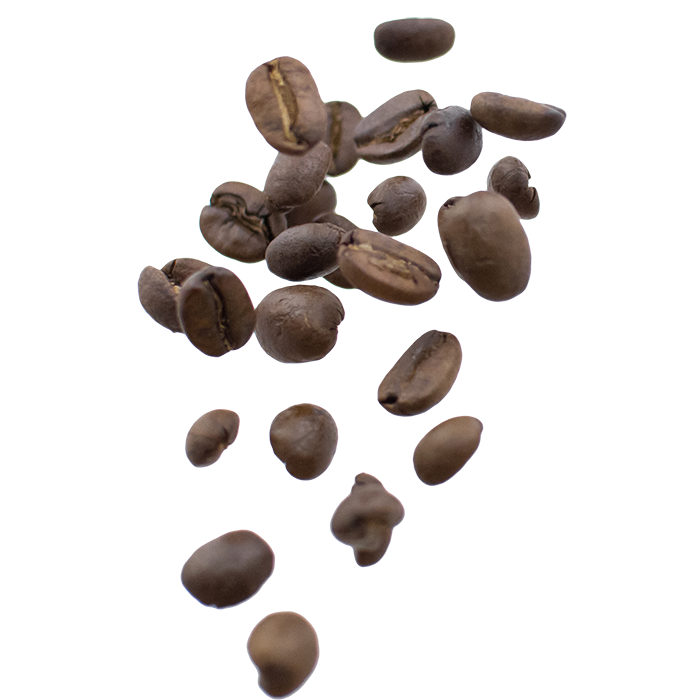In the wake of the devastating earthquakes that hit Lombok & Sulawesi, Indonesia, Old City Coffee is glad to be able to support relief efforts in this area prized for its coffee. From August 1 to October 31st, a percentage of the gross sales of Bali Blue Moon will be donated to Indonesia Diaspora disaster relief programs. To bring awareness to this cause, we would like to share a bit with you about what makes Indonesian coffee so special and why it was recently rocked by such a devastating natural disaster.
According to the International Coffee Organization, Indonesia is one of the top producing coffee regions in the world. In 2017, it had an output of 10,902 coffee bags, each weighing 60 kg or 132 lbs. Arabica coffee first came to the region through colonization by the Dutch in the early 18th century. With the first successful harvest by Dutch settlers in 1717, the crop became the first widely produced coffee outside of its originating region of the Arabian peninsula and Ethiopia. Thus, it is a crucial element of modern day Indonesia’s economy and the earthquake is a major hurdle to jump for farmers.
Arabica Coffee thrives in Indonesia because of the geography and climate. Situated in the heart of the coffee belt near the equator, the mountainous topography and rich soil has provided the ideal growing conditions for the expansion of the crop. By the same token, those same conditions cause the region to be at high risk for severe natural disasters, which are no less exasperated by global warming.
Indonesia is well within a region dubbed “The Ring of Fire.” This equatorial zone wraps a horseshoe shaped outline touching every continent in the Pacific Ocean. The Ring is the site of numerous tectonic plate connections below the Earth’s surface. The plates, which provide the planet’s geologic infrastructure, are in constant change. When the plates rub against each other they create the mountains, volcanoes, deep sea trenches, and other geologic phenomena famously associated with the Ring. The plates, by extension, also cause the earthquakes, tsunamis, and hurricanes that rock the equatorial zone worldwide through the shifting meteorologic patterns traveling along the jet stream. Ironically, the presence of volcanoes and carbon and nitrogen rich soil, combined with the altitude of the mountains, provide the perfect condition for coffee growing.
For Bali, specifically, the coffee comes from the highland region of Kintamani, right between the aforementioned volcanoes. Balinese coffee differs from other Indonesian coffees from Java, Sulawesi, and Sumatra in that it originates from traders from Lombok in the early 20th century, not from the Dutch colonists. Significantly too, wet hulling is the traditional way of processing Balinese coffee, whereas the rest of the region uses dry processing. This difference makes Bali Blue Moon brighter and distinctive from other varietals.
This long-time favorite among Old City Coffee aficionados has low acidity and a smooth, syrupy body with dark chocolate, vanilla bean, and black licorice notes. We hope that you will particularly enjoy Balinese coffee in late summer and early fall, with the donation of a portion of its proceeds back to earthquake relief for its coffee farmers.

